The first time I traveled to Europe, I was 32 years old. That might surprise you, coming from someone who has emigrated to Portugal. But the travel bug didn’t bite me until a bit later in life.
Growing up, my family vacations consisted of showing goats at the Lee County 4-H Fair in Amboy, Illinois; family reunions at Turkey Run State Park in southern Indiana; and once, for 2 weeks when I was 12, driving my Great-Uncle Merle’s truck bed camper through the hills of West Virginia.
The lack of mileage racked up wasn’t just due to a lack of money, though that was a significant factor. Mainly though, the reluctance to travel was a state of mind. My family—immediate and extended—was content living in their 20 square miles of bucolic Midwest farmland.
Venturing too far afield invited an unacceptable amount of risk. Everyone knew that “the big city” (Chicago) was where all the crime happened. And Florida? Sure, they had sunny beaches and soft sand, but you’d probably get eaten by an alligator if you went that far south! Best stay close to home and visit Wisconsin Dells, instead.
Implicit in this mindset, of course, was a deep-seated fear of the Other; of things that were unfamiliar and felt uncomfortable. The only exception, of course, was if you embarked on a mission trip.
Say you were traveling across the country, the ocean, the world to save some souls—well then, that changed everything. Folks would actually chip in a dollar or three to pay for your travel and trouble. That’s what happens when you do the Lord’s work.
Other than the uncharacteristic family roadtrip to the east coast, the only time I left the confines of a three-state radius was a high school mission trip to Mexico. I attended a fundamentalist Baptist church/school, and in my senior year the youth pastor rented a van, stuffed it full of Jesus-ridden teenagers, and drove south for 24 hours until we reached the dusty desert site of a future Baptist orphanage.
There, we spent five days of our Christmas vacation making red clay bricks to house poor brown kids. It was your typical White Savior Mission Trip™. Only three things stand out in my memory:
1. I never spoke to a single Mexican person. White American missionaries were our only contacts.
2. I bought a really great woven blanket for $8. (I still have it today).
3. I believed I was doing a Very Nice Thing, giving up my holiday to “help” the poor orphans (who I never actually laid eyes on). Any compassion I had, any awakening to the realities of a wider world, was completely shrouded in a vestment of self-righteous do-goodery. I didn’t feel empathy so much as superiority.
That fraught trip to Mexico at age 17 was my only foray out of the United States. I didn’t even have a passport until I turned 30, and applied for one as a birthday present to myself. I didn’t have cause to use it, though, until Marido and I booked that first trip to Europe two years later.
We flew to Italy: Rome, Venice, and the Cinque Terre. I was startled and fascinated by the juxtaposition of ancient and modern that surrounded me. Crumbling temple ruins as a backdrop to a petrol pump.
This trip marked the moment I fell in love with the European concept of neighborhood squares and plazas—everyone hanging out of windows or draped around fountains, gossiping with a glass of wine while children careen about with soccer balls and cats laze on the rooftops of tiny battered Fiats.
I couldn’t get enough of it.
I goggled my way through the streets with my camera ever ready.
Skip forward 17-ish years and I’m surrounded by the ancient every day. I walk out my front door into history.
The buildings in my Troino neighborhood were built in the 1800s. Just up the hill the star-shaped Forte de São Filipe, built in 1582, presides over Setúbal and the mouth of the Sado River. A short hike away you can walk down a portion of a Roman road, Estrada Romana, constructed 2,000 years ago to link the town of Olissipo (Lisbon) to Cantabria (Setúbal).
As in so many places throughout Europe, ancient history rubs up against modern life, cheek by jowl, so commonplace that the locals don’t bat an eye at the ruins of a fortification constructed in the Chalcolithic period.
Filha and I have started joking whenever we come across an astonishing find—a Moorish castle, a Roman village, jaw-dropping azulejos from the 16th century—we stop and stare and say, “Look at «this incredible ancient thing»!!! Eh, no big deal.”
I mean, of course it’s a big deal. The oldest building in the state of Illinois, where I grew up, is a wooden structure from the 1730s called the Old Cahokia Courthouse.
I have lived in Portugal for seven months now, and I’m still goggling. I’m not sure I’ll ever get over the wonder of living amidst all these layers of history.
During our three week break for the holidays, we explored just a few of the places within easy reach (all of them within a 90-minute drive). I’m including some photos here so you can gasp and goggle right along with me…
*Apparently all the photos I’ve included below make this post too long for email and it will be truncated. So if you’re reading this via your inbox, be sure to click on the title to sail on over to the substack site so you can see the whole thing.*
Forte de São Filipe
In the late 1500s, Philip II of Spain ordered the construction of a new fortification on a hill adjacent to Setúbal. Recent scholars have argued that the intention of the fort was to protect a garrison loyal to the Philippine Dynasty and provide a clear indication of the Spanish king’s power, as the people of Setúbal had shown considerable opposition to Spanish rule.
The Fort of São Filipe de Setúbal was designed by Giovan Giacomo Paleari Fratino in 1583. It features an irregular polygonal floor plan that is adapted to the ground’s contours. There are six tall, sloping ramparts and six bastions. There is also a small baroque chapel with azulejo tiles showing scenes from the life of Saint Philip. Work on the fortress began in 1590 and was completed in 1600.
During the Portuguese Restoration War (1640 to 1668), the fort was the last part of Setúbal to fall to the Portuguese.
(description from Wikipedia)
Castelo de Palmela
The early human occupation of the Palmela region dates back to prehistory, particularly the Neolithic period, according to the abundant archaeological testimony. Some scholars point to date of 310 BC for the founding of a settlement on the current location, fortified at the time of Romanization of the Iberian peninsula in 106, by a Praetor of Lusitania named Áulio Cornelius (or Áulio Cornelius Palma). Modern archaeological research proves, however, that the subsequent occupation of this site was uninterrupted, initially by the Visigoths and later the Muslims, the latter responsible for the primitive fortification between the eighth century and the ninth, greatly expanded between the tenth century and the 12th.
The castle, at an elevation of 240 meters above sea level, has an irregular, organic polygonal plan (adapted to the terrain), with the walls reinforced by square and circular turrets.
The evolution of the defensive perimeter of Palmela can be understood by the study of these walls, arranged in three levels of fences, without ditches, separated by successive barriers:
the inner line, dating back to the 12th and 13th centuries, comprises the oldest wall, supported by two cylindrical towers and the keep. It was remodeled in the 14th century, having its structure reinforced and its height increased, crowned with crenellated battlements.
the middle line, built in the 15th century, is made up of more robust walls where the square of arms, the Church of Santa Maria (built in the 12th century and rebuilt in the Renaissance), the Convent and Church of Santiago de Palmela, works gothic.
the outer line, built in the 17th century, was made up of modern bastions, ravelins and tenalhas, aiming to resist artillery fire.
(description from Wikipedia)
Roteiro dos Moinhos da Serra do Louro
(Route of the Windmills)
There is an amazing trail that runs along the ridge of Serra do Louro in the Arrábida park. The 13 km trail takes you past 20 or so windmills from Palmela to Quinta do Anjo and back again. (The windmills themselves are worth the hike—they’re all over 300 years old.)
Not too far down the trail with Palmela Castle at your back, you’ll notice what looks like a tumbled pile of rubble at first glance. As you get nearer, you see that it’s a partially-intact ruin. A helpful historical marker will tell you that “the fieldworks revealed a complex architectural reality of a military character, with three overlapping fortifications, dating from the Chalcolithic (3rd millenium BC), to the Second Iron Age (4th-2nd centuries BC) and the Roman Republican period (from the end of the 2nd century to c. 50 BC).”
Castelo de Montemor-o-Novo
The medieval castle perched on a hill above the town of Montemor-o-Novo, in the Alentejo, lies mostly in ruins.
It is believed that construction of began around 1203, and the castle was remodeled in the 5th century by the stone master Afonso Mendes de Oliveira.
(description from Wikipedia)
Évora
Évora and its surrounding region has a rich history that goes back more than five millennia, as demonstrated by nearby megalithic monuments such as the Anta do Zambujeiro and the Cromeleque dos Almendres.
Évora was taken from the Moors in 1166 by the knight Geraldo sem Pavor. By the 16th century, it was considered one of the most important cultural and artistic centers in the kingdom. Between the 13th and 14th centuries, the gothic-style Évora Cathedral was built. In addition to the Cathedral, in the area of the ancient Roman forum and Muslim castle, the old town halls and palaces of the local nobility were built around the same time. From the 13th century onwards, several monasteries of religious orders were installed in areas outside the walls, which contributed to the formation of new urban centers. The extramural area also had a Jewish quarter and a Moorish quarter. The growth of the city outside the original Moorish enclosure led to the construction of a new belt of walls in the 14th century.
(description from Wikipedia)
Óbidos
The region of Óbidos has been inhabited since the late Paleolithic. A settlement was constructed by early Celt tribes that was later a centre of trade for the Phoenicians. Archeological evidence from the base of the medieval tower at Óbidos Castle indicates Roman construction linked to an outpost of the Roman civitas of Eburobrittium, a large urban area that has been under excavation. Archeological surveys determined the remains of a forum, baths and other Roman structures near the settlement.
After the fall of Rome, the region came under the influence of the Visigoths. The Roman town of Eburobrittium was abandoned in the 5th century for the more secure hilltop where today the principal settlement is located. Sometime after 713, the Moors established a fortification on this mountain.
The area was taken from the Moors by the first King of Portugal, Afonso Henriques, in 1148. Following the control of the region, the settlement received its first foral (charter) in 1195. In 1210, King Afonso II gave the title of this village to Queen Urraca. Since then, Óbidos has often been patronized by the Queens of Portugal, giving rise to its informal title as Vila das Rainhas (town of the Queens).
(description from Wikipedia)
Bonus: The Roman Ruins of Coníbriga
I have not yet visited this site, which situated near Coimbra, about halfway between Lisbon and Porto. You can bet it’s on my (very long) list of places to see, though.
A few years ago Bloomberg included these Roman ruins—one of the largest Roman settlements excavated in Portugal—on a list of “Seven Newly Accessible Wonders of the World.”
The area has been populated since prehistoric times, with Roman troops arriving in 139 BC. The settlement included a forum, an amphitheater, spas, a basilica, and many homes. One of the houses, the Casa dos Repuxos, has well-preserved mosaics with hunting scenes, mythological passages, monsters, Tridents, skeletons; and also features five hundred fountains (!) in the gardens.
Thanks for goggling with me. I hope you enjoyed the visual feast!
Copyright © 2022 LaDonna Witmer




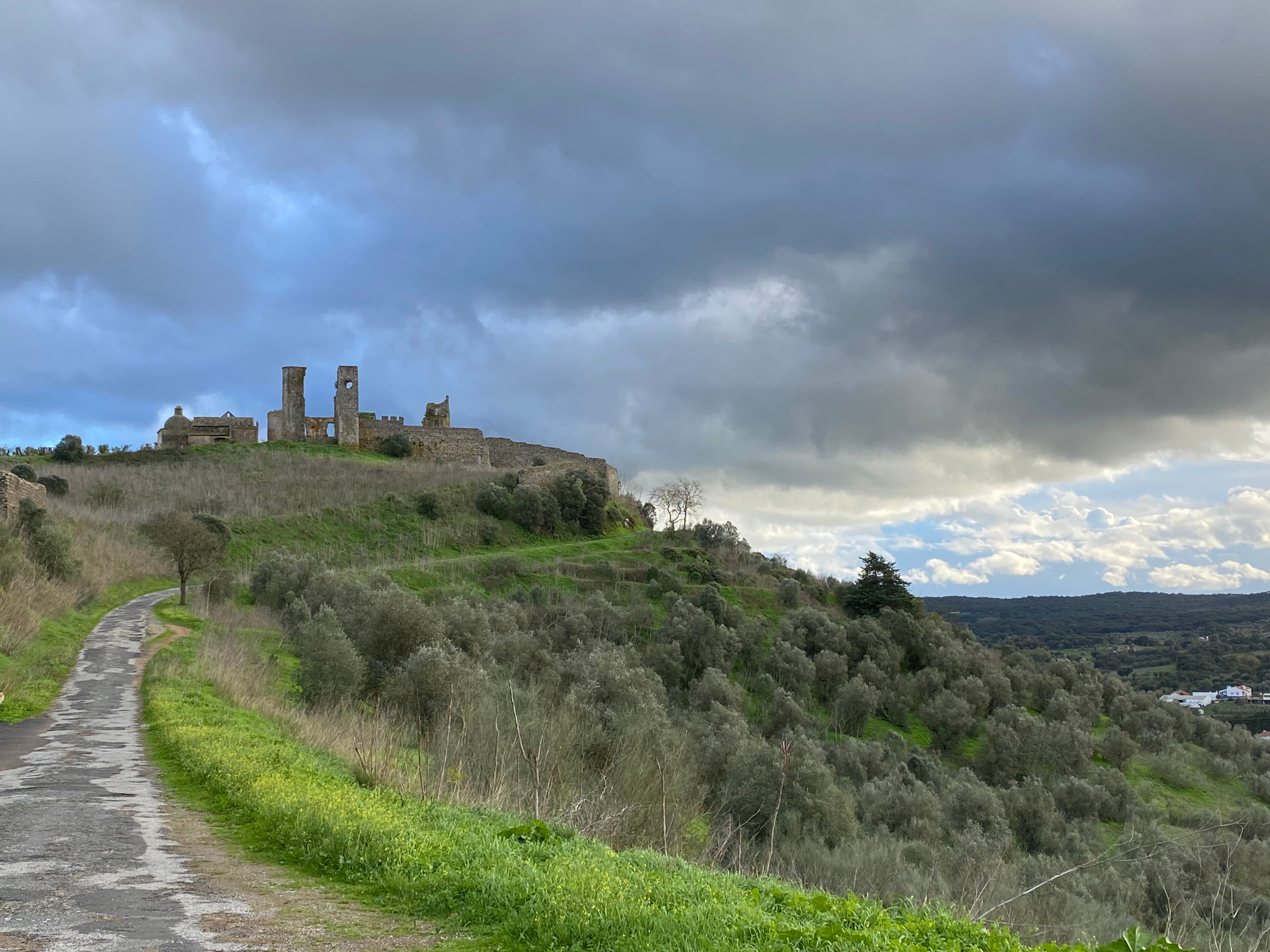
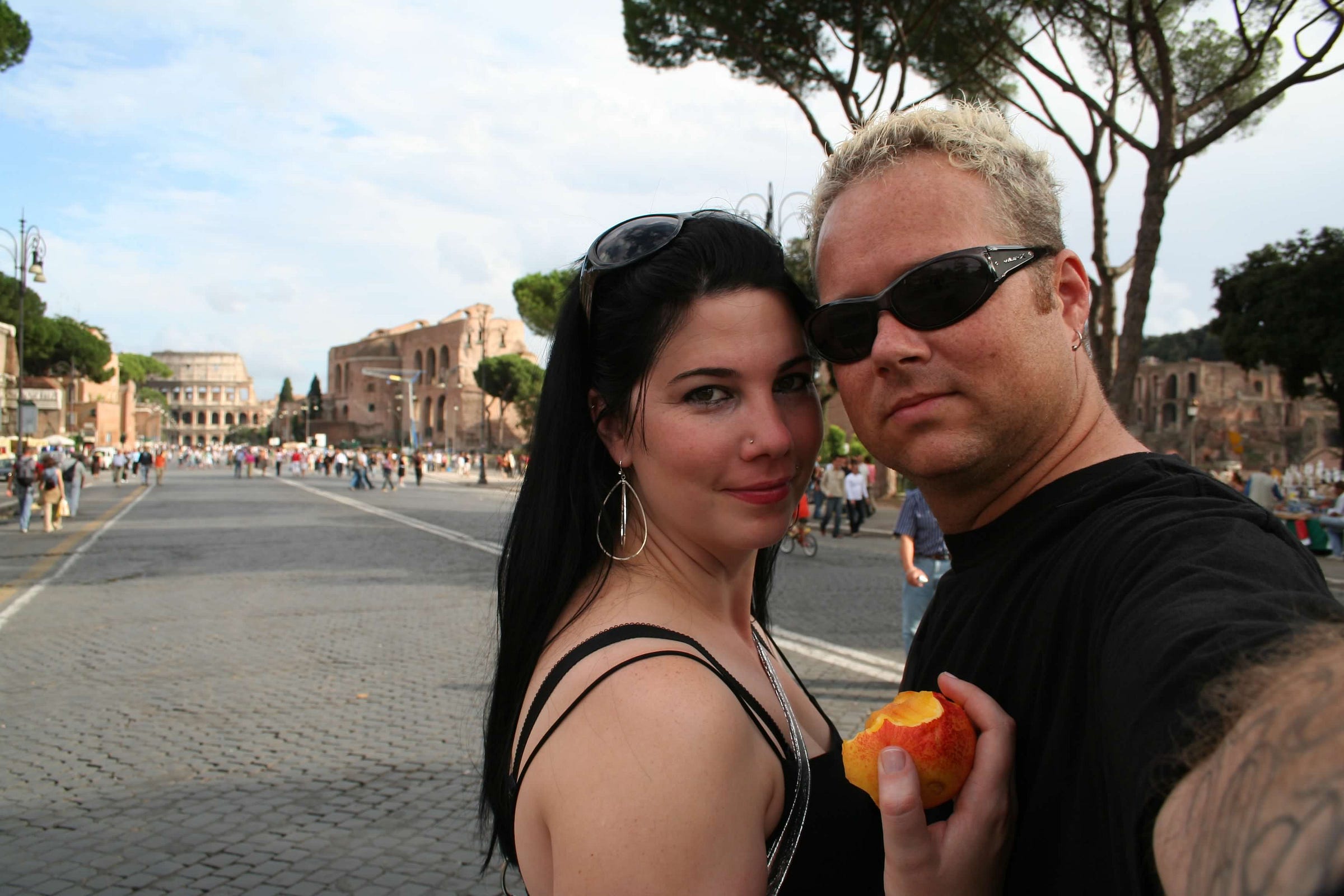

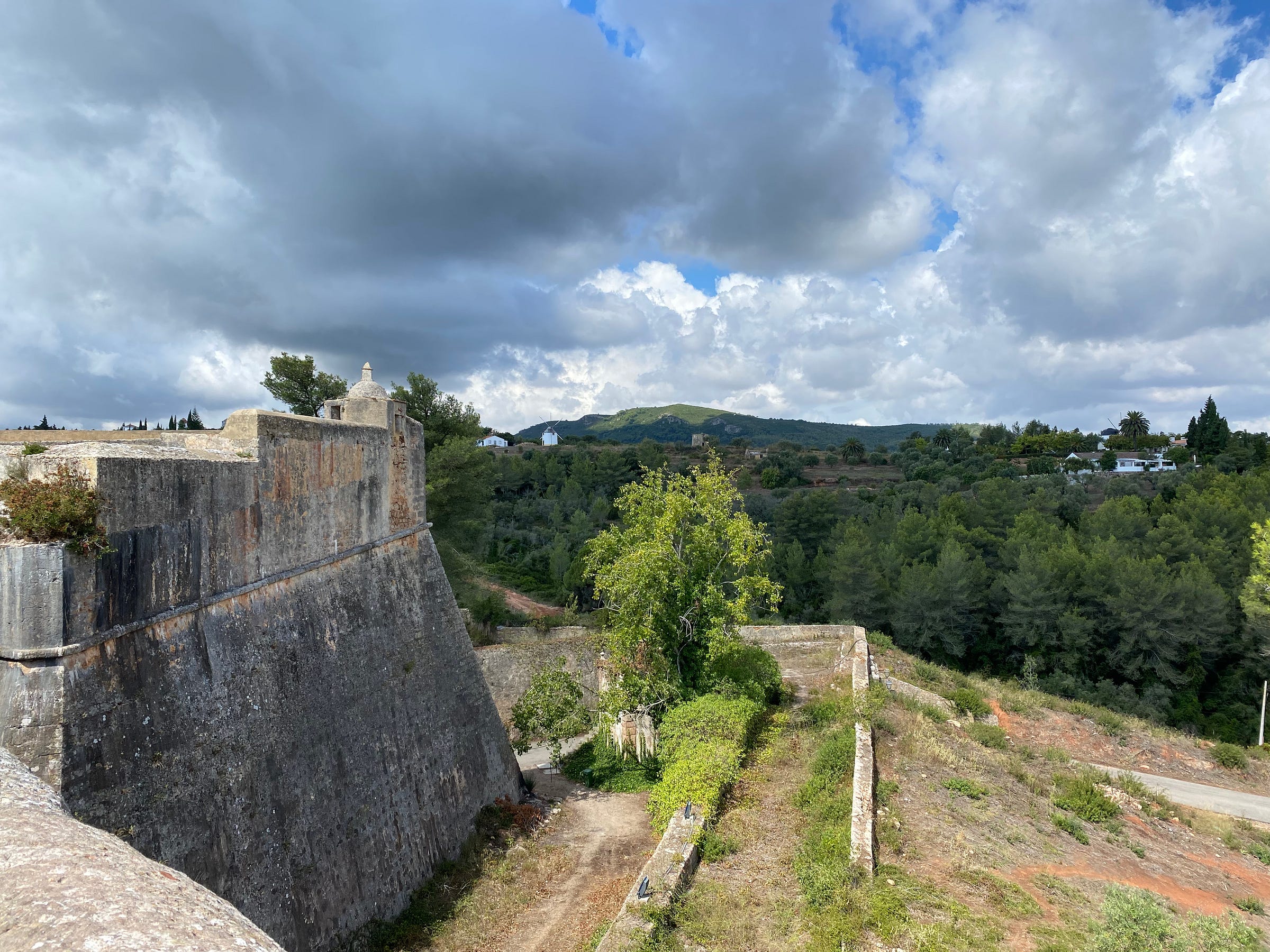


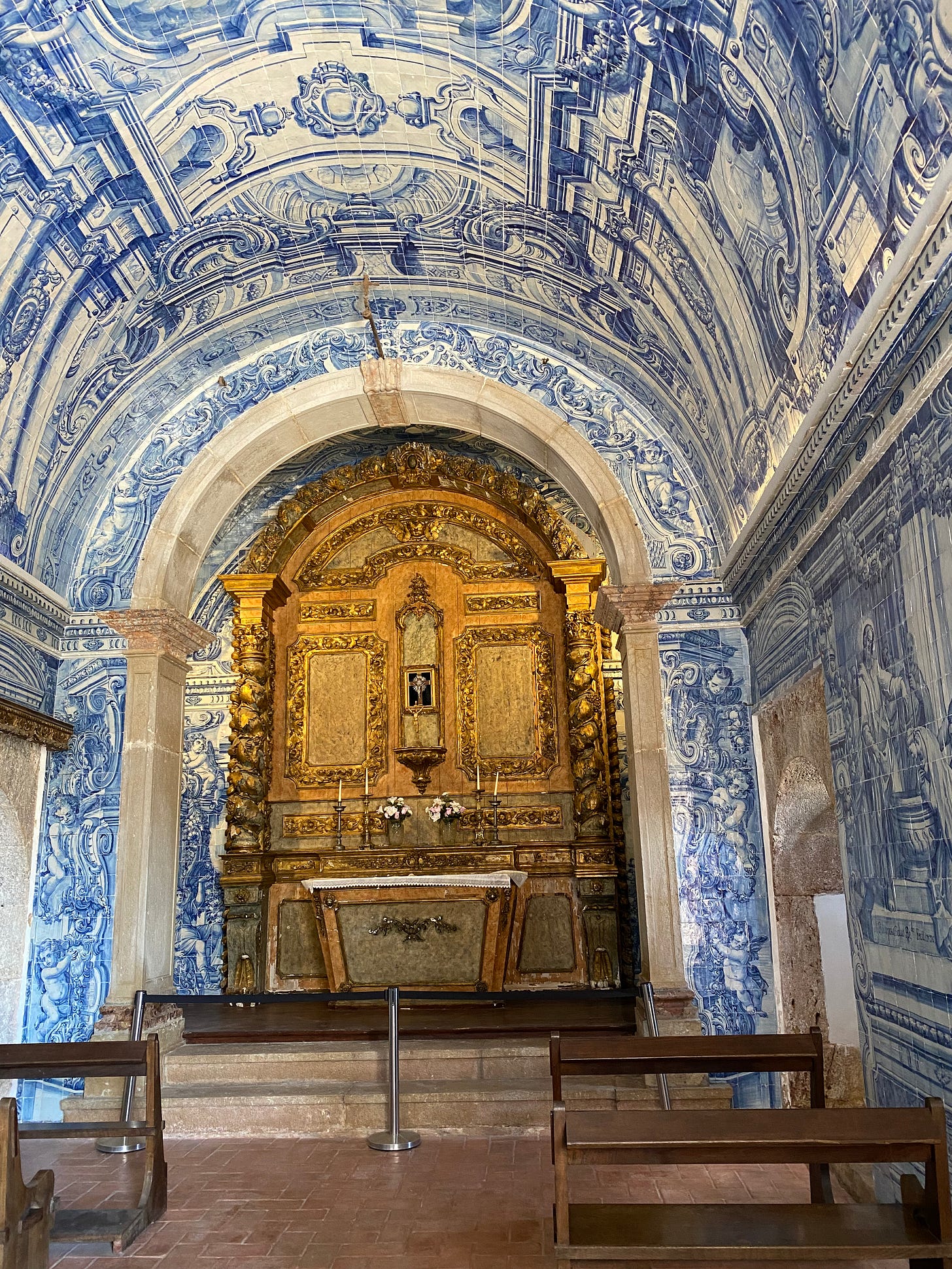
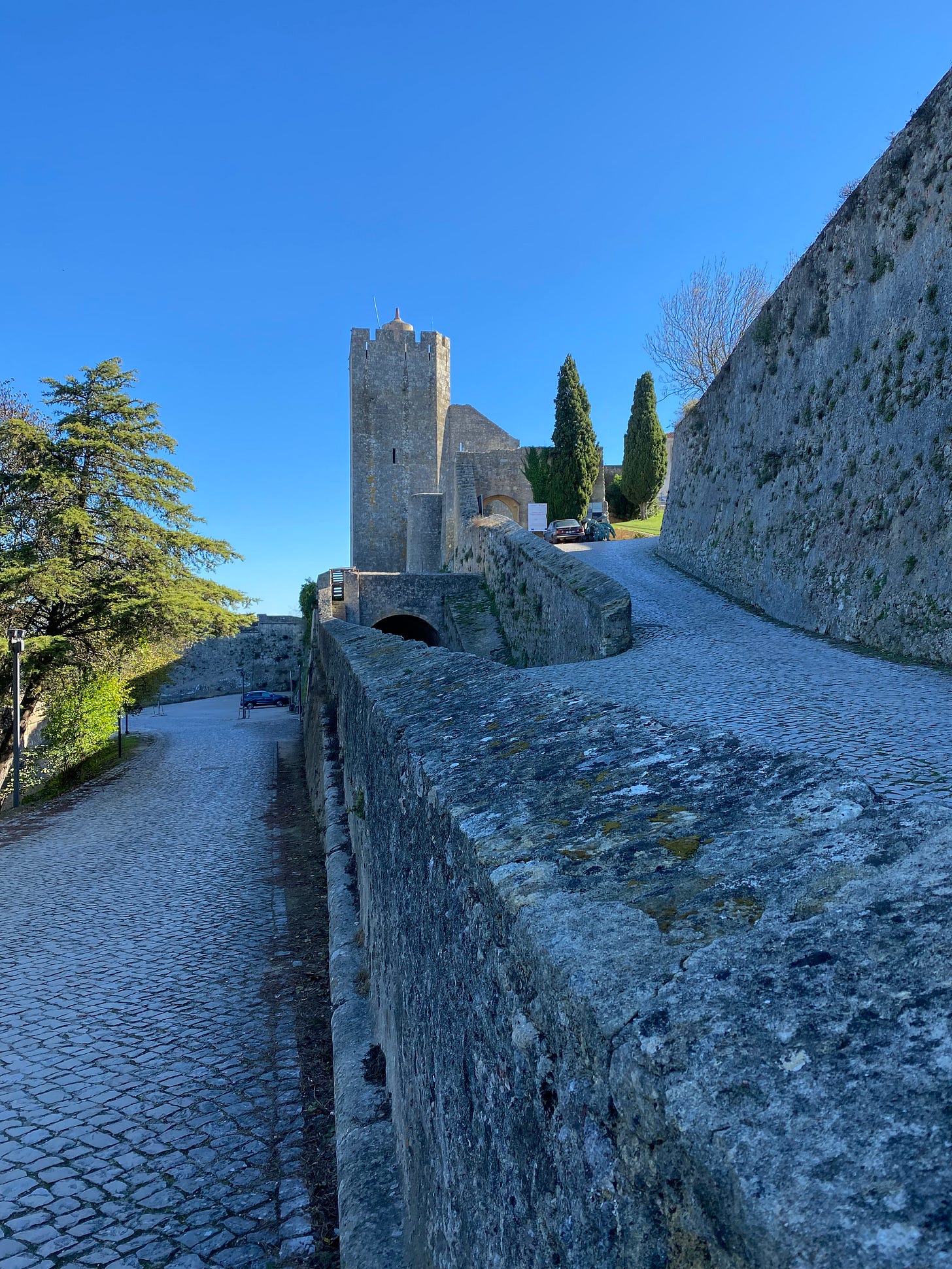
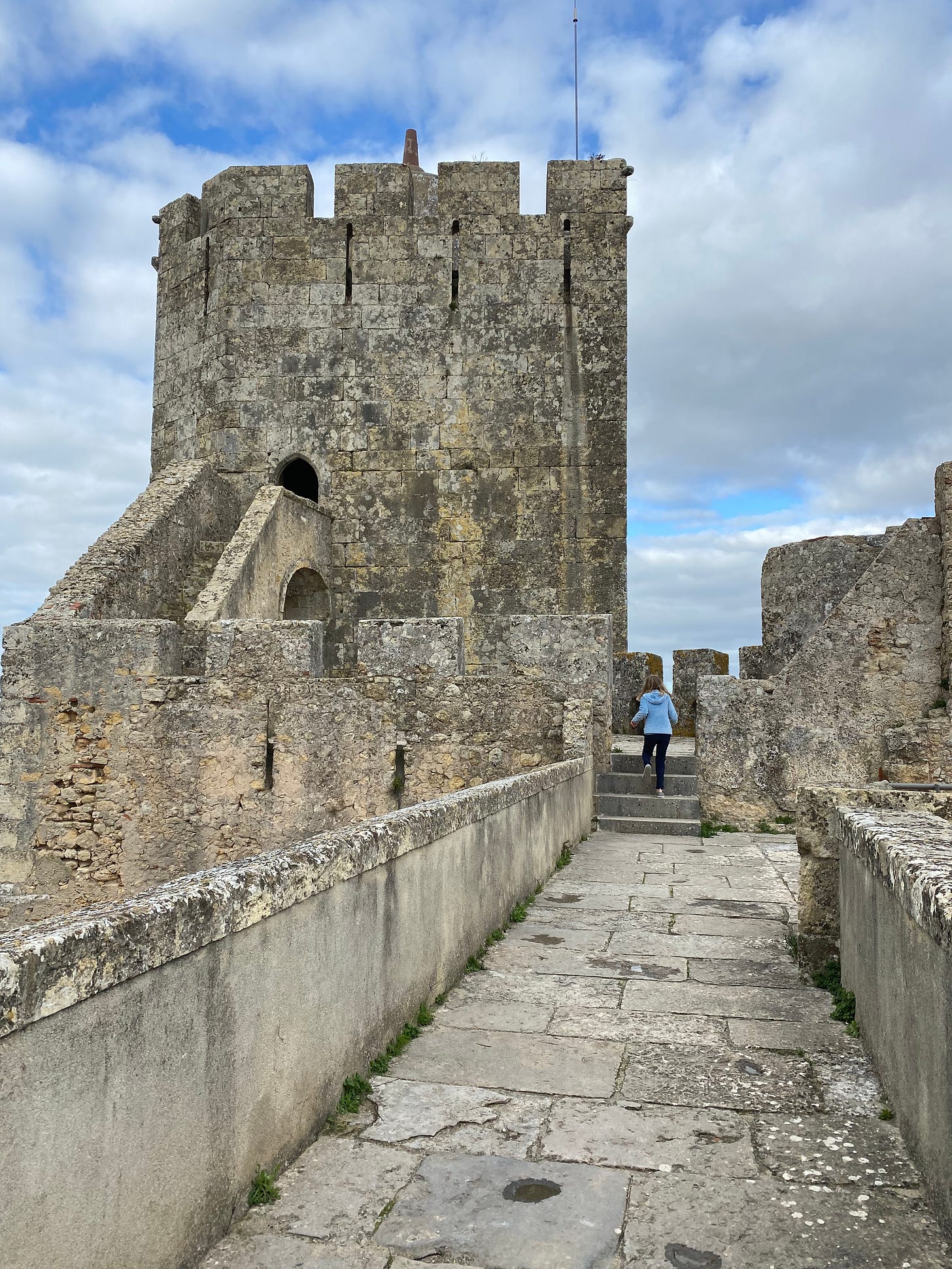
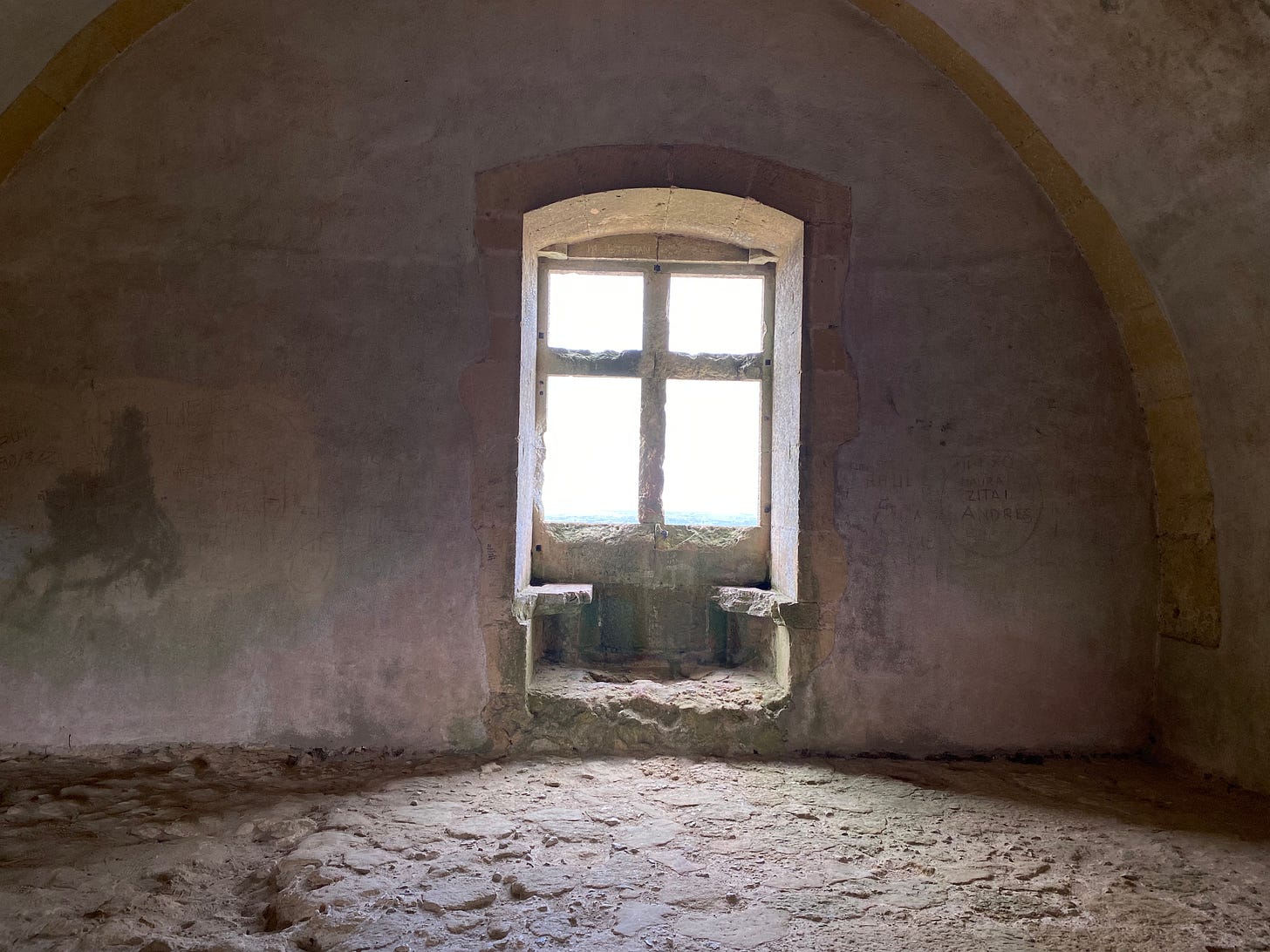
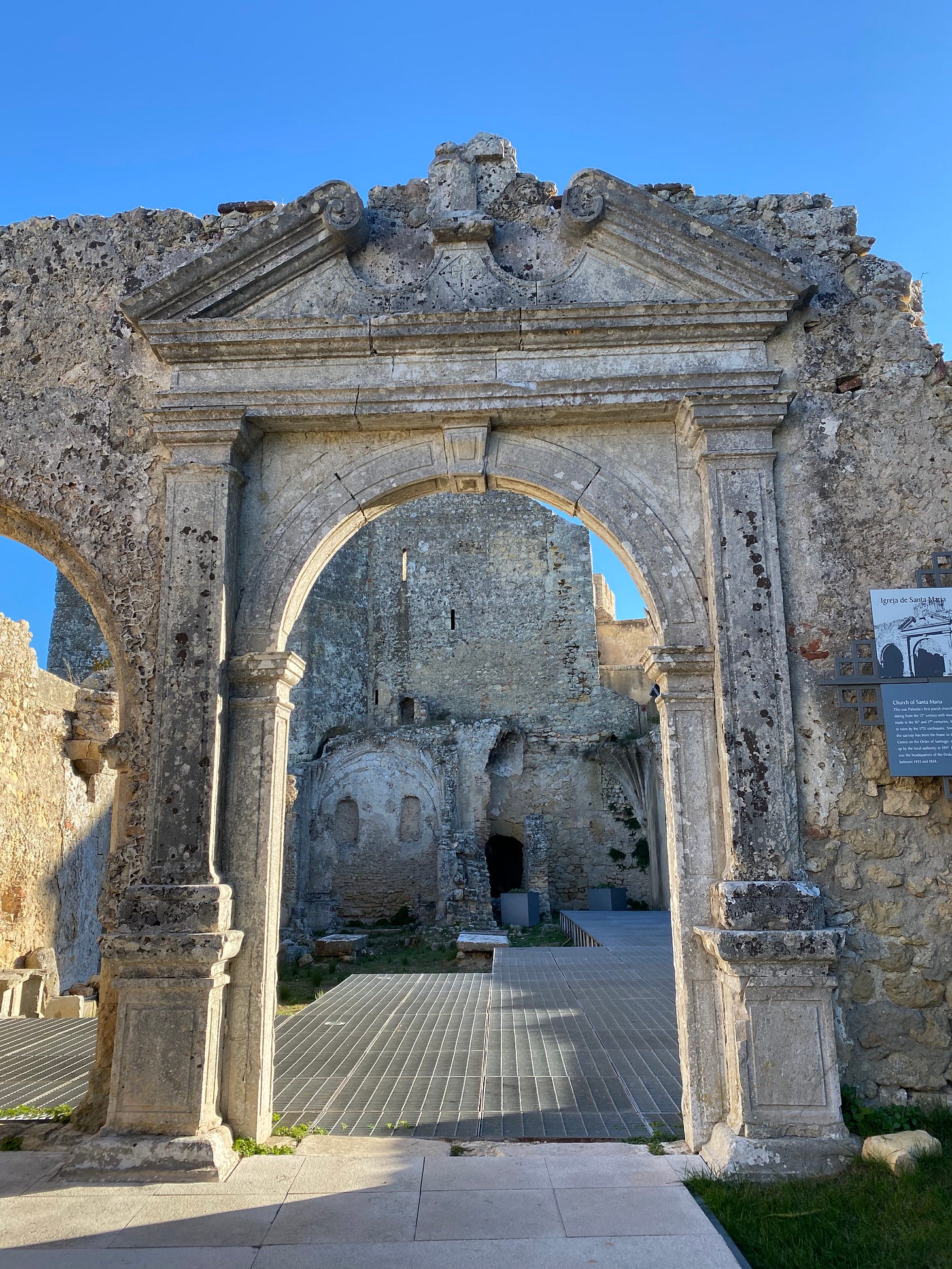

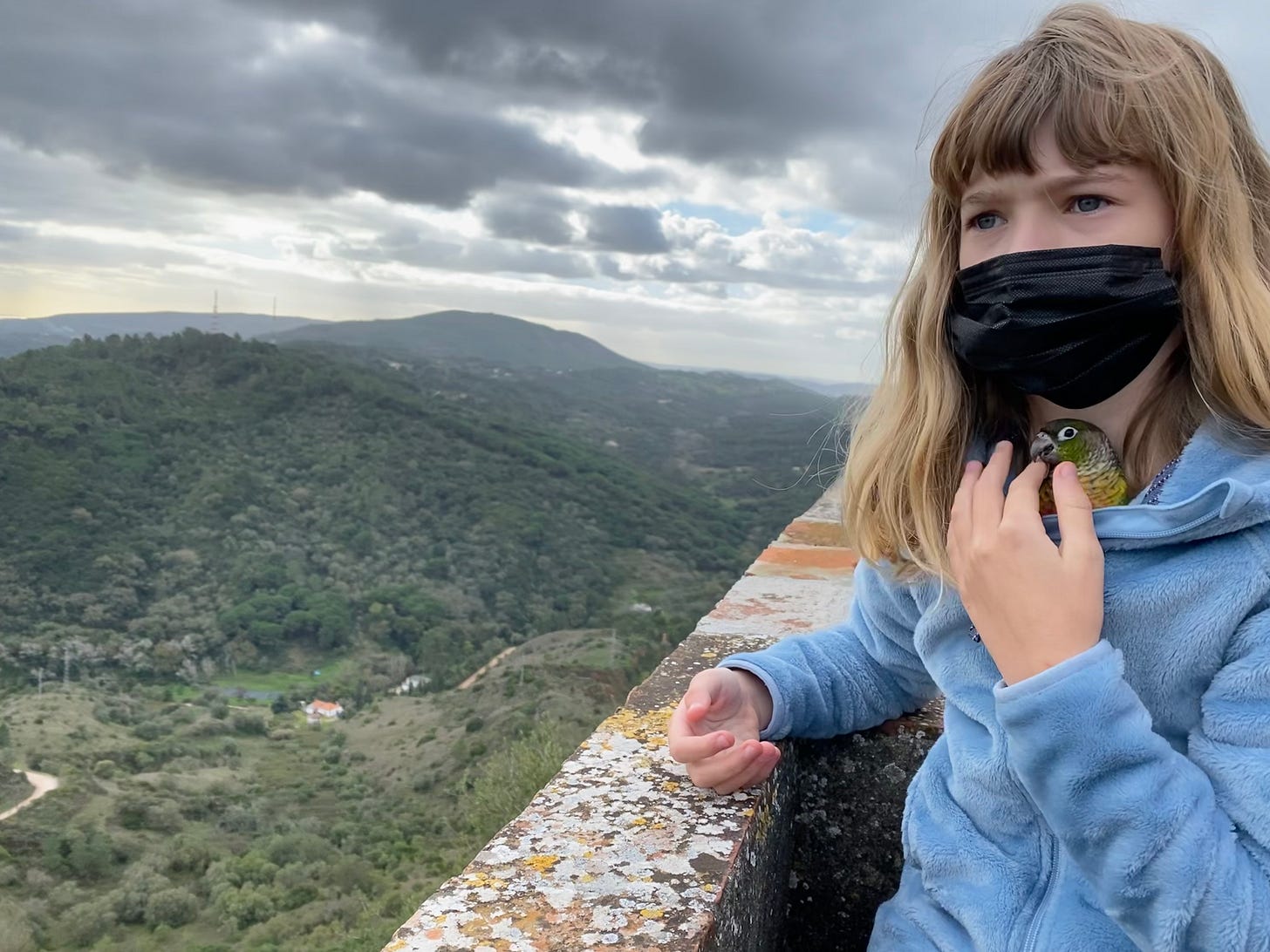
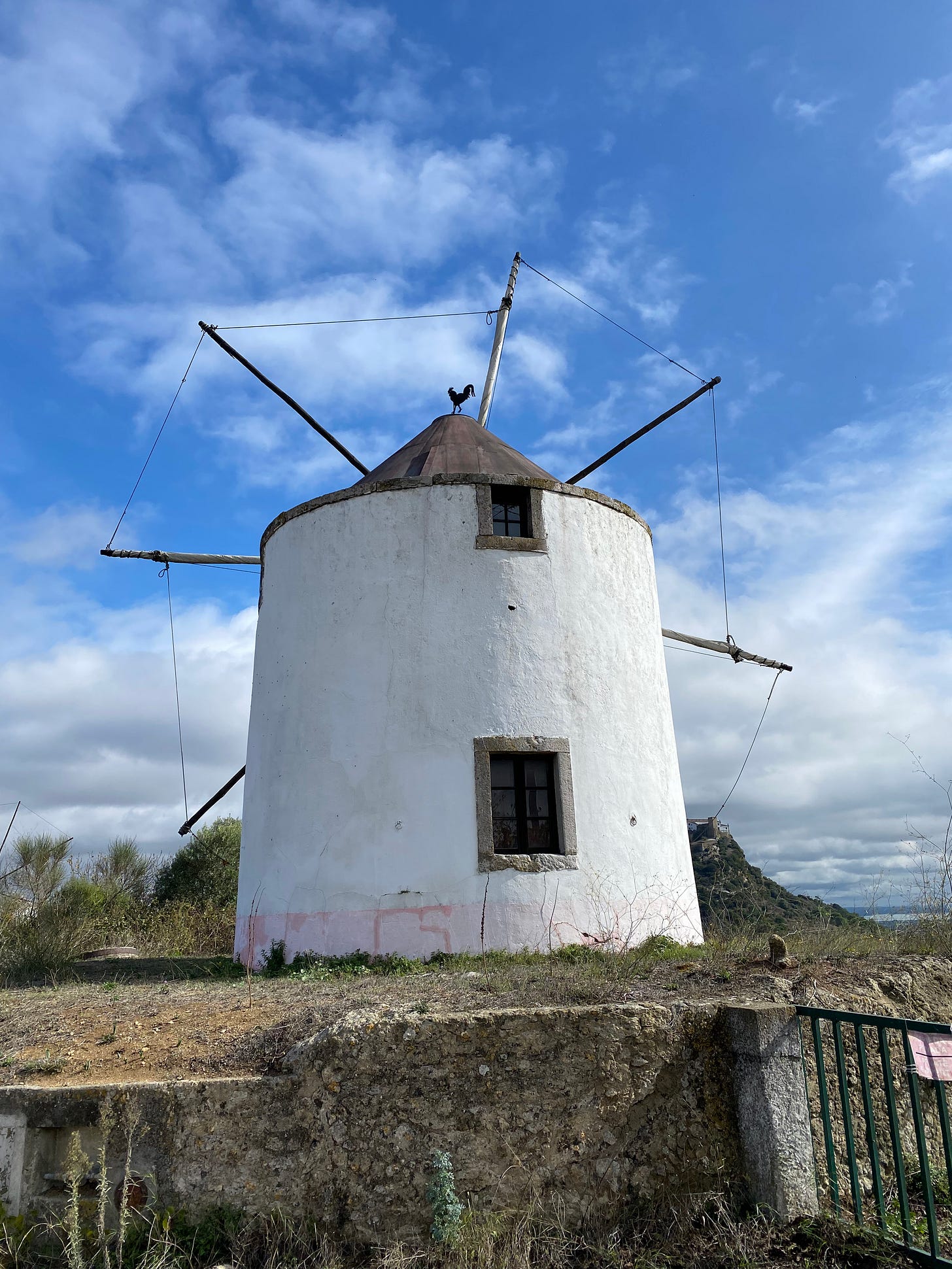
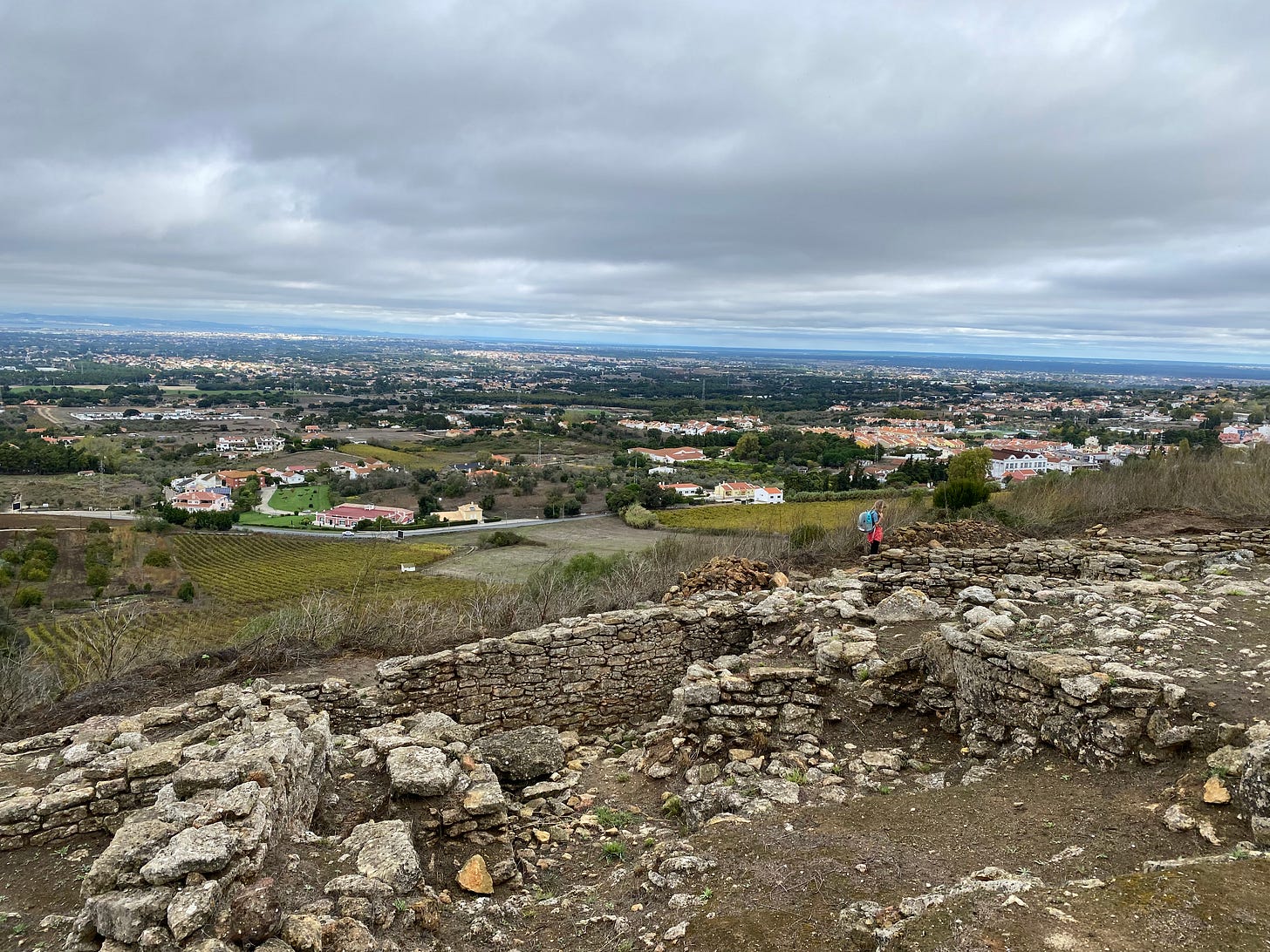
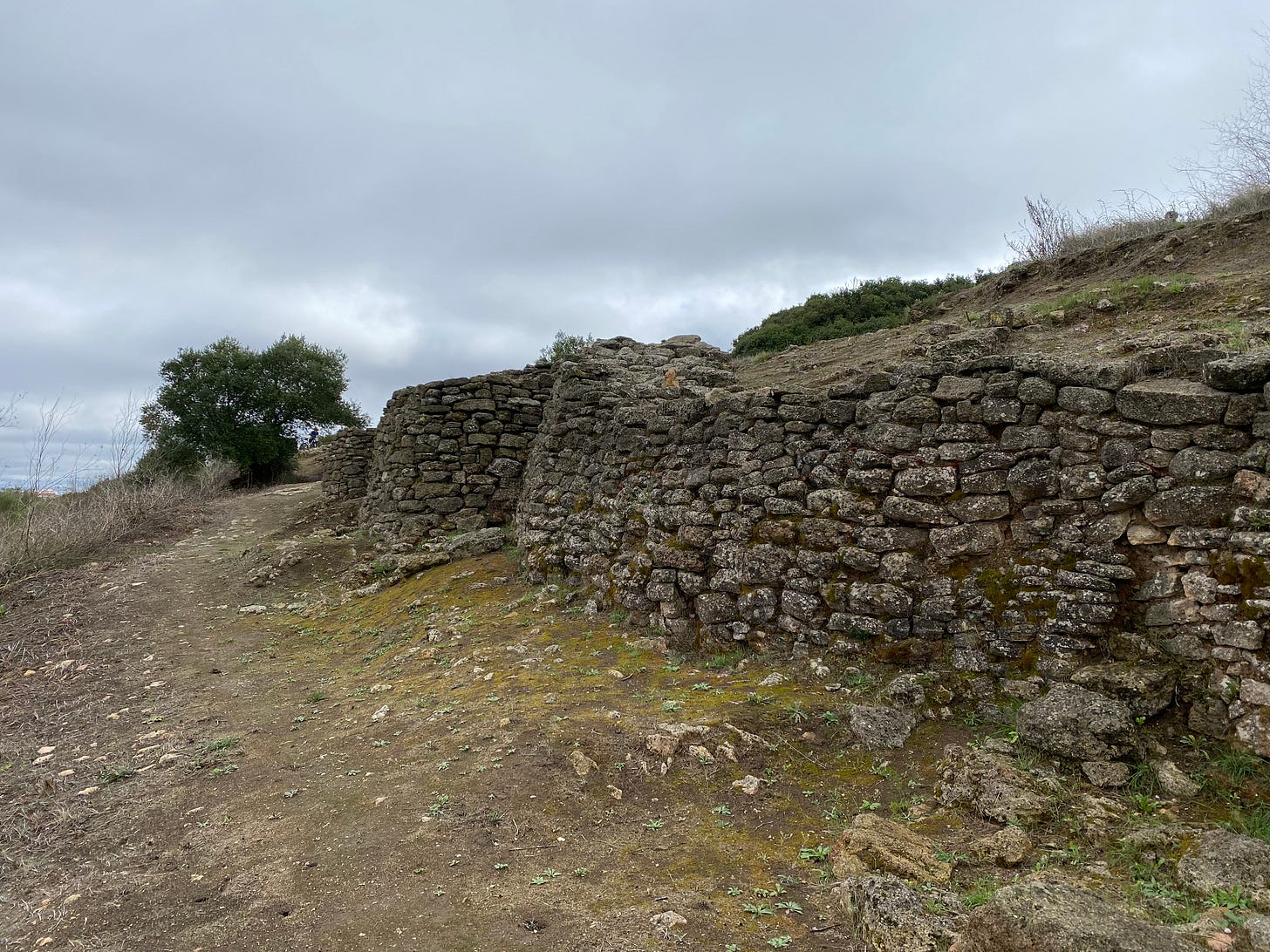

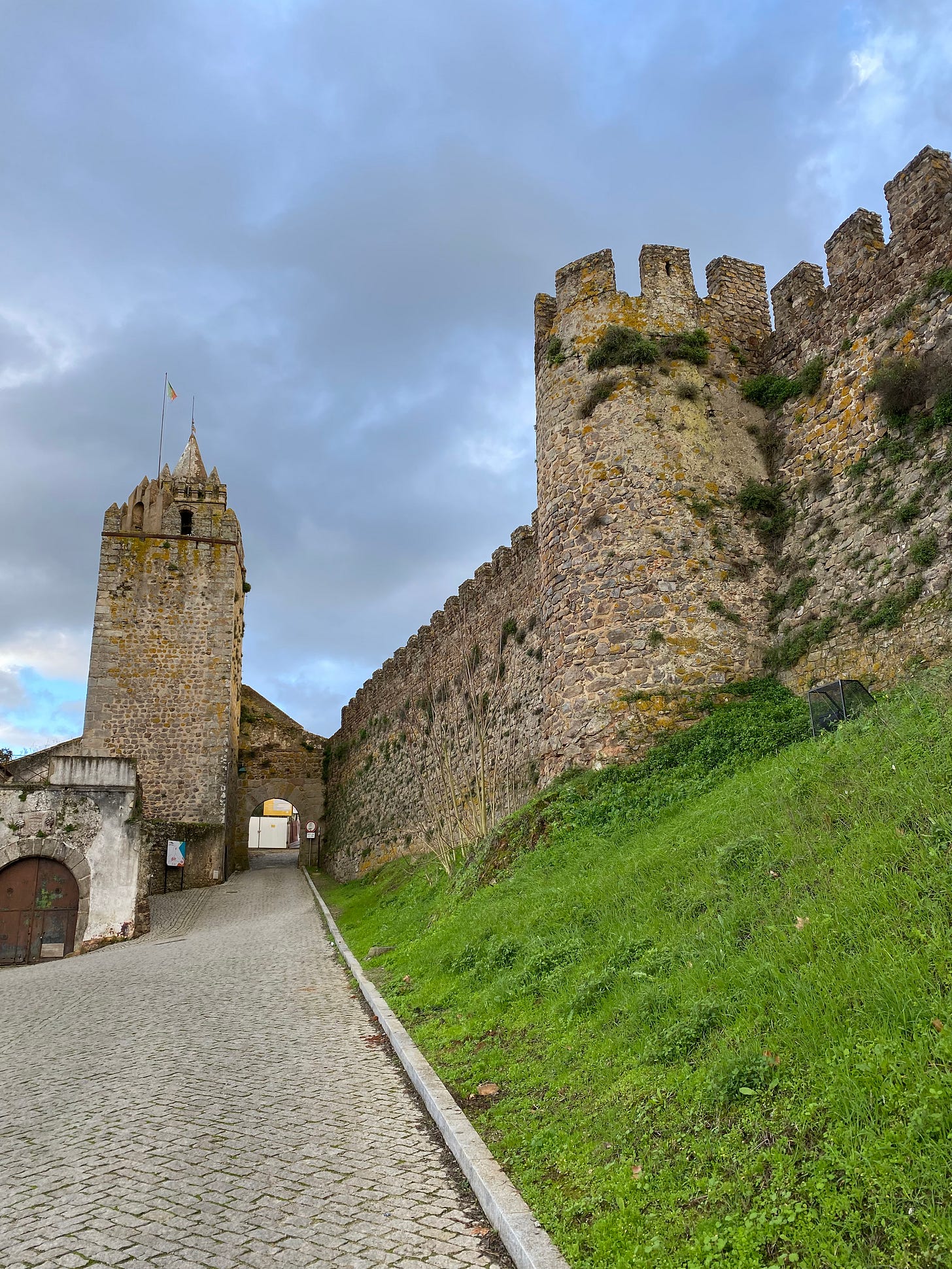

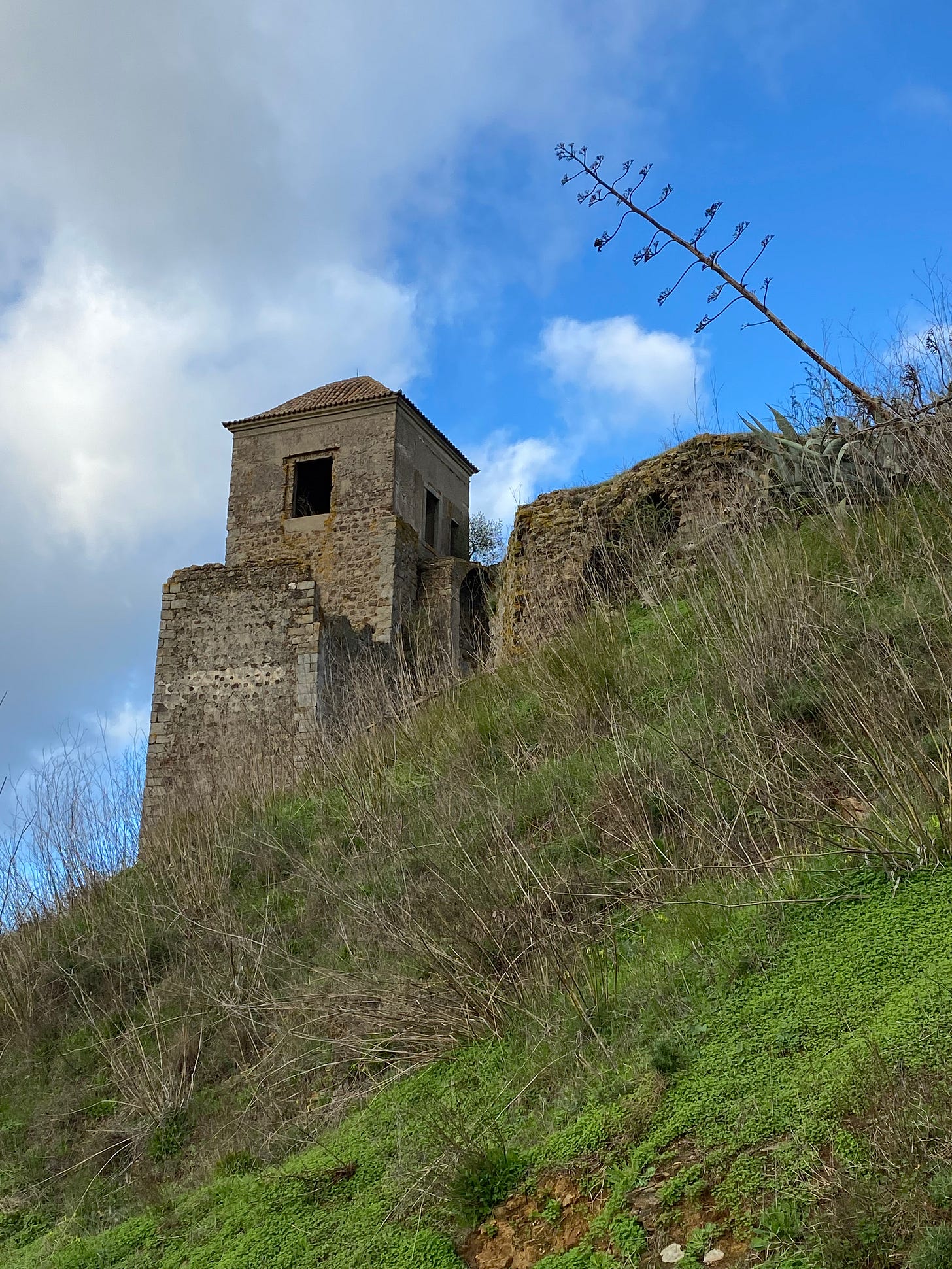



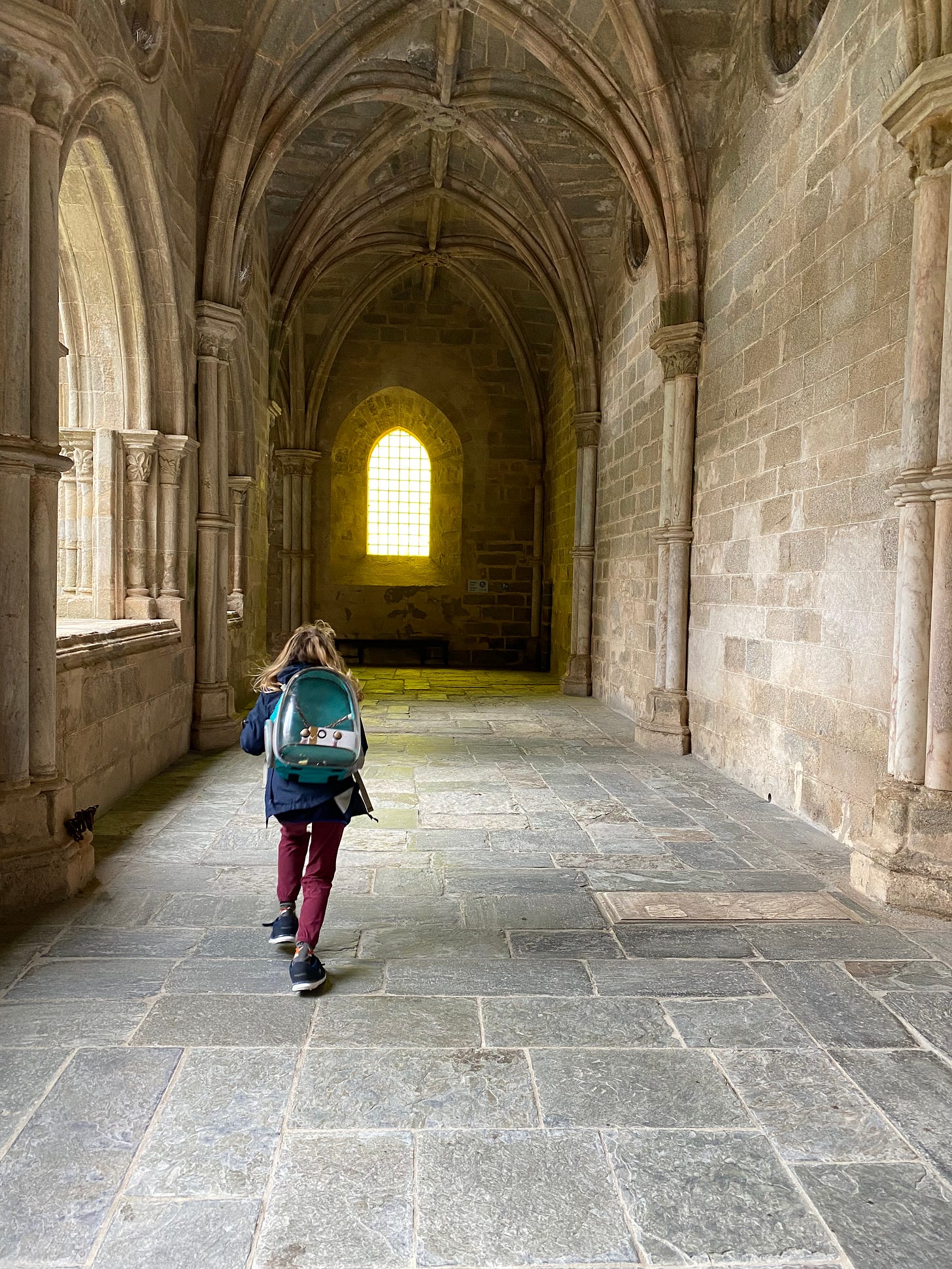
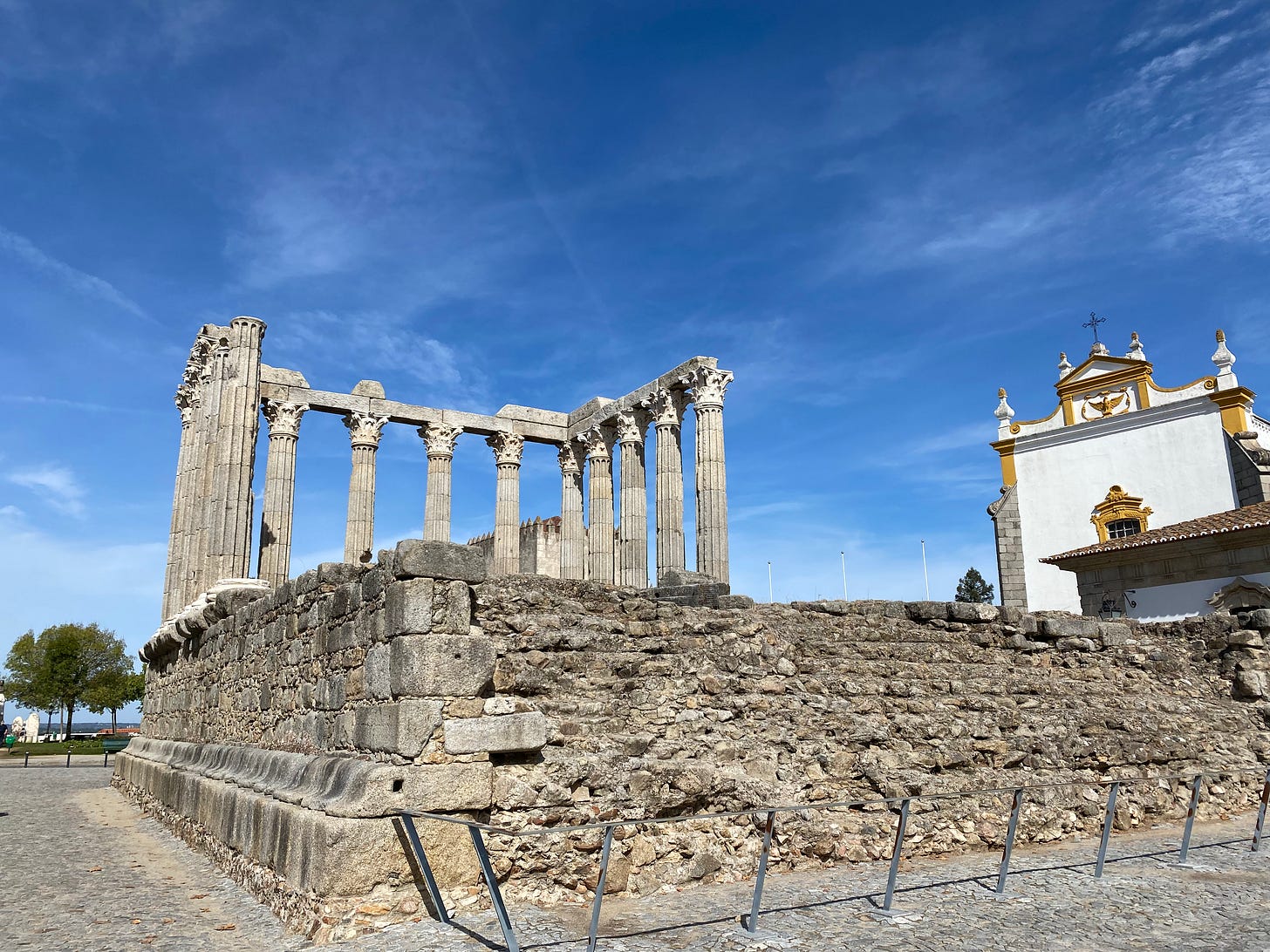
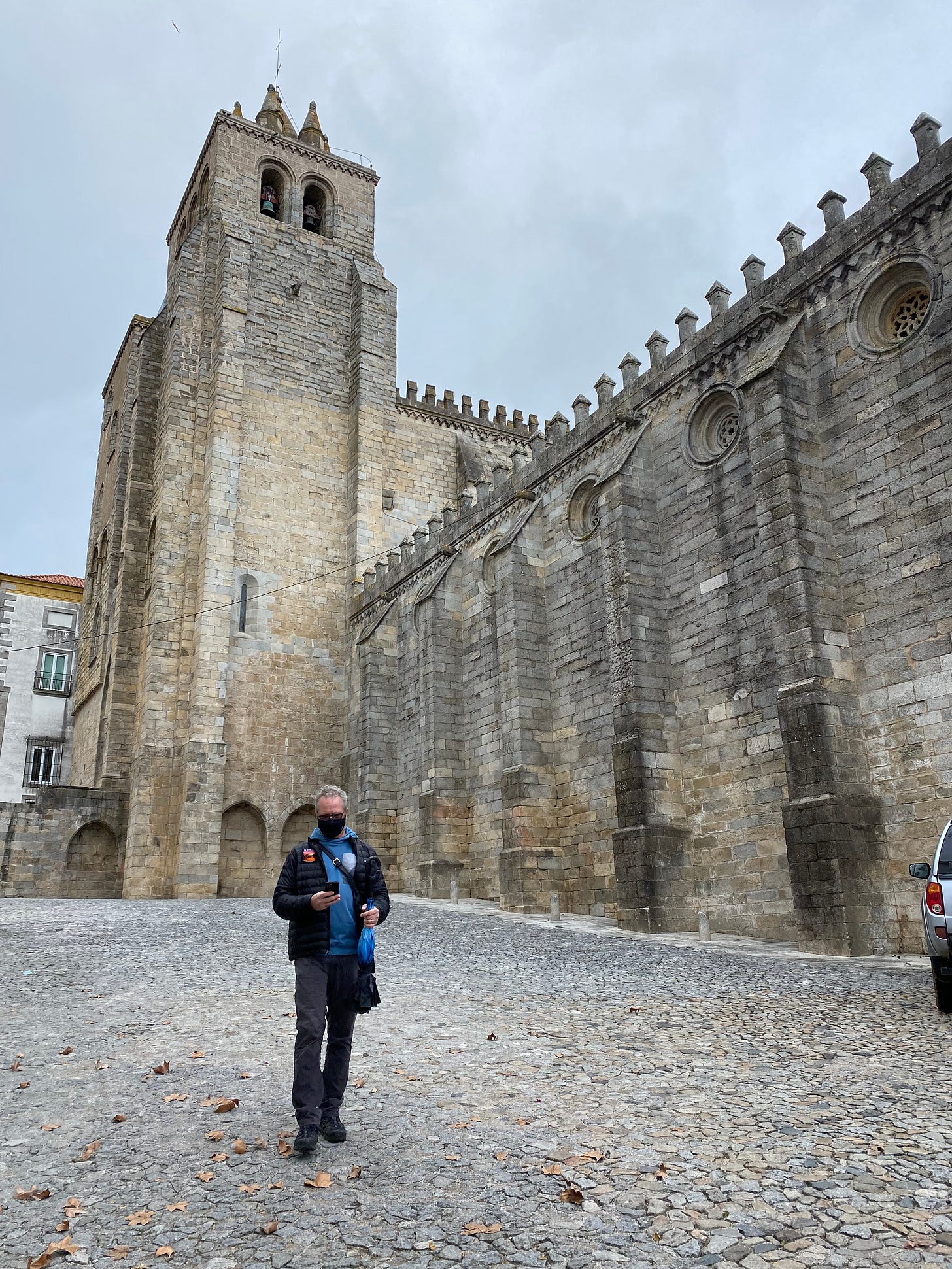


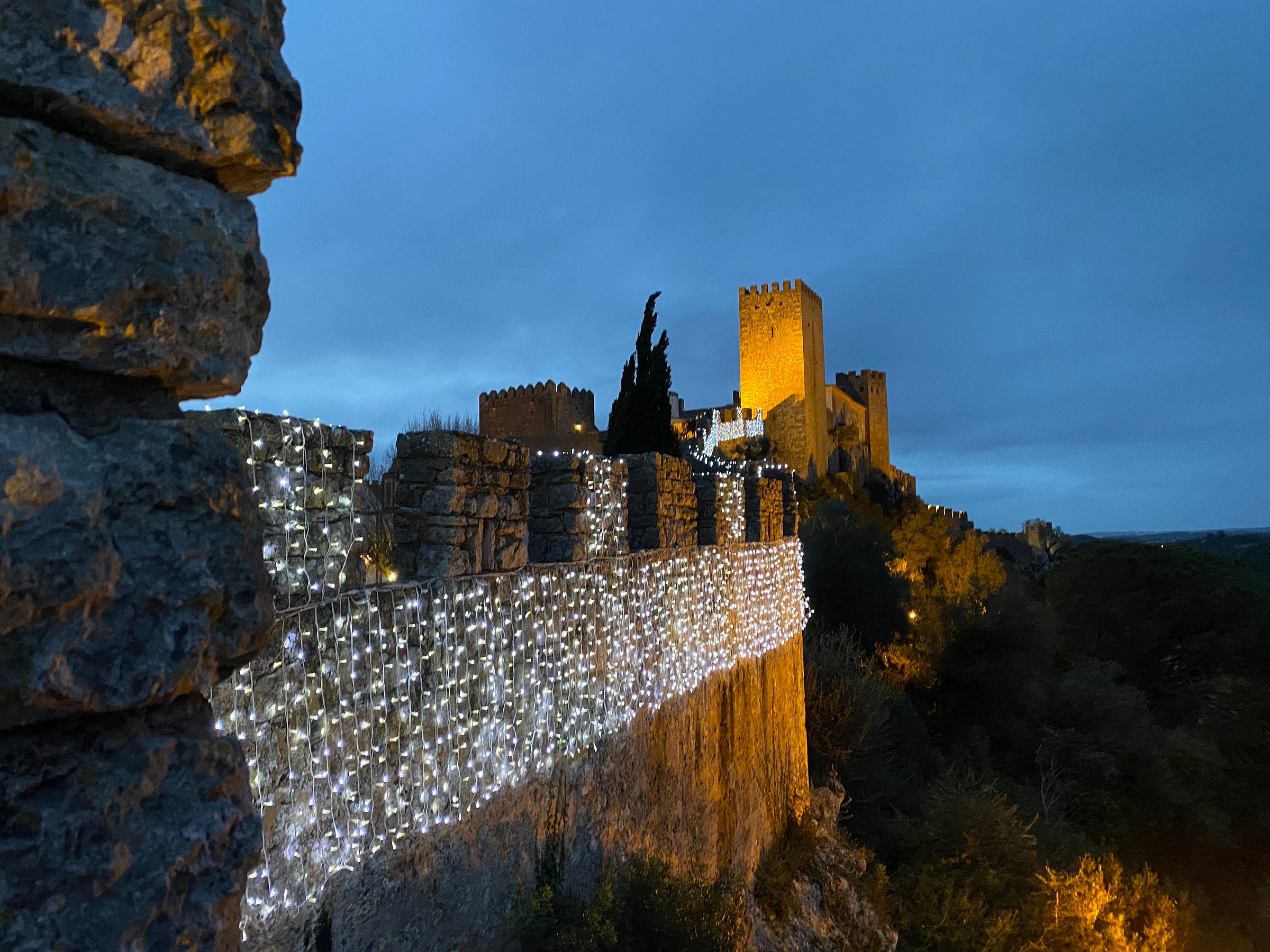

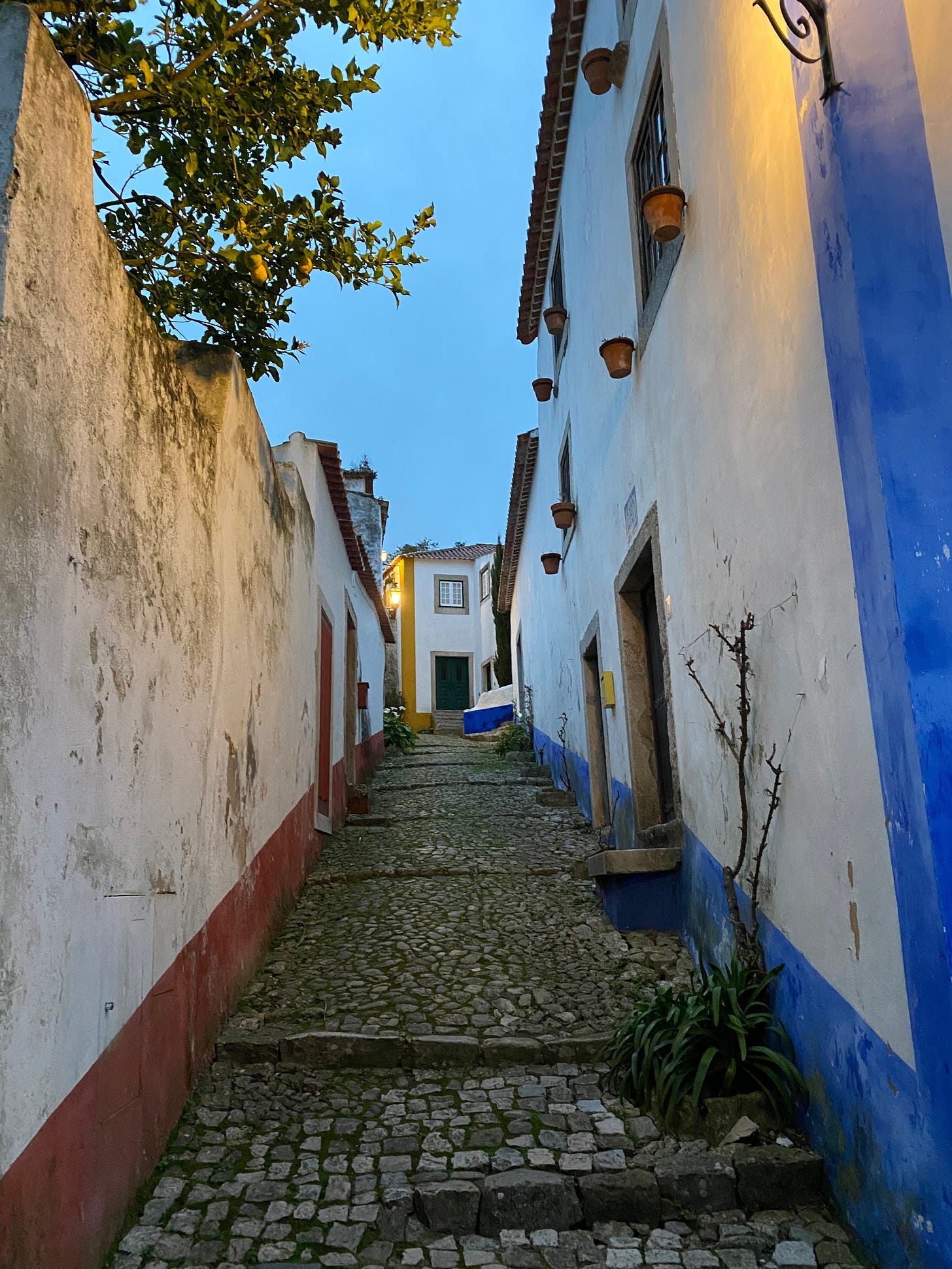



Wonderful article and gorgeous pics - thank you so much!
I am really enjoying binge reading your whole blog! I’ve moved abroad three times in my life (as a kid to a tiny town in Saudi Arabia- this is the experience that made me a TCK and I never had language for that until recently, and having that is amazing), as an adult to Oman, and then again to Budapest. Each experience was so different and reflecting and reading your reflections (especially as you often voice the same kinds of internal monologues and fears and anxieties and ruminations that I experience) is such an amazing exercise for me. I am really entertaining the idea of a move to Portugal and your blog is so helpful. I think because you seem to see the world in a way I can relate to and I have come to trust your take on things in a way that I can’t necessarily do for all the golden visa Californians and retirees in my Facebook groups (no offense if you are doing the GV, and I have also met lovely people in those groups, but you seem like someone I might have known or have had other writer friends who might have known). Anyway, sorry to be a weird stalker reader, but thank you for this space.